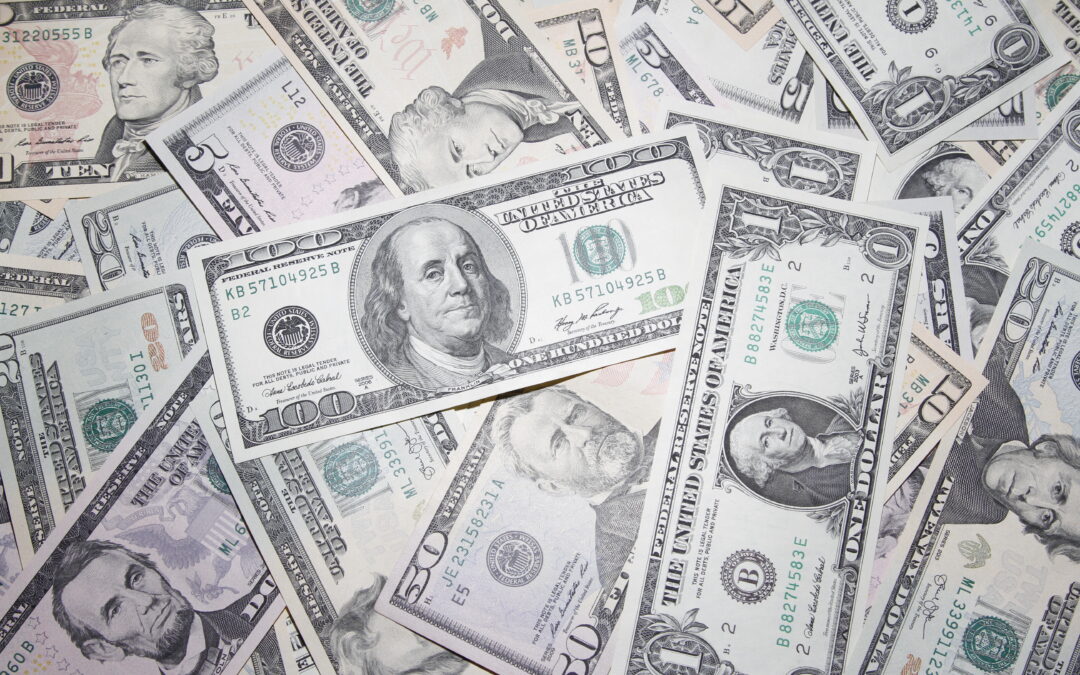Before paper money, coins made of precious metals dominated economies for centuries. The concept of lightweight, portable currency first emerged in 7th-century China during the Tang Dynasty. Merchants began using promissory notes as substitutes for heavy coinage, paving the way for paper money.
By the Song Dynasty, the government issued the world’s first official banknotes, which revolutionized trade and commerce. The idea spread to Europe in the 13th century via the Silk Road, though it wasn’t widely adopted until the 17th century, when banks like Sweden’s Stockholms Banco began printing notes backed by gold reserves.
Today, paper money represents not just economic value but also cultural identity, featuring national heroes, landmarks, and symbols. Its evolution reflects humanity’s ingenuity in shaping systems of trade and trust.


